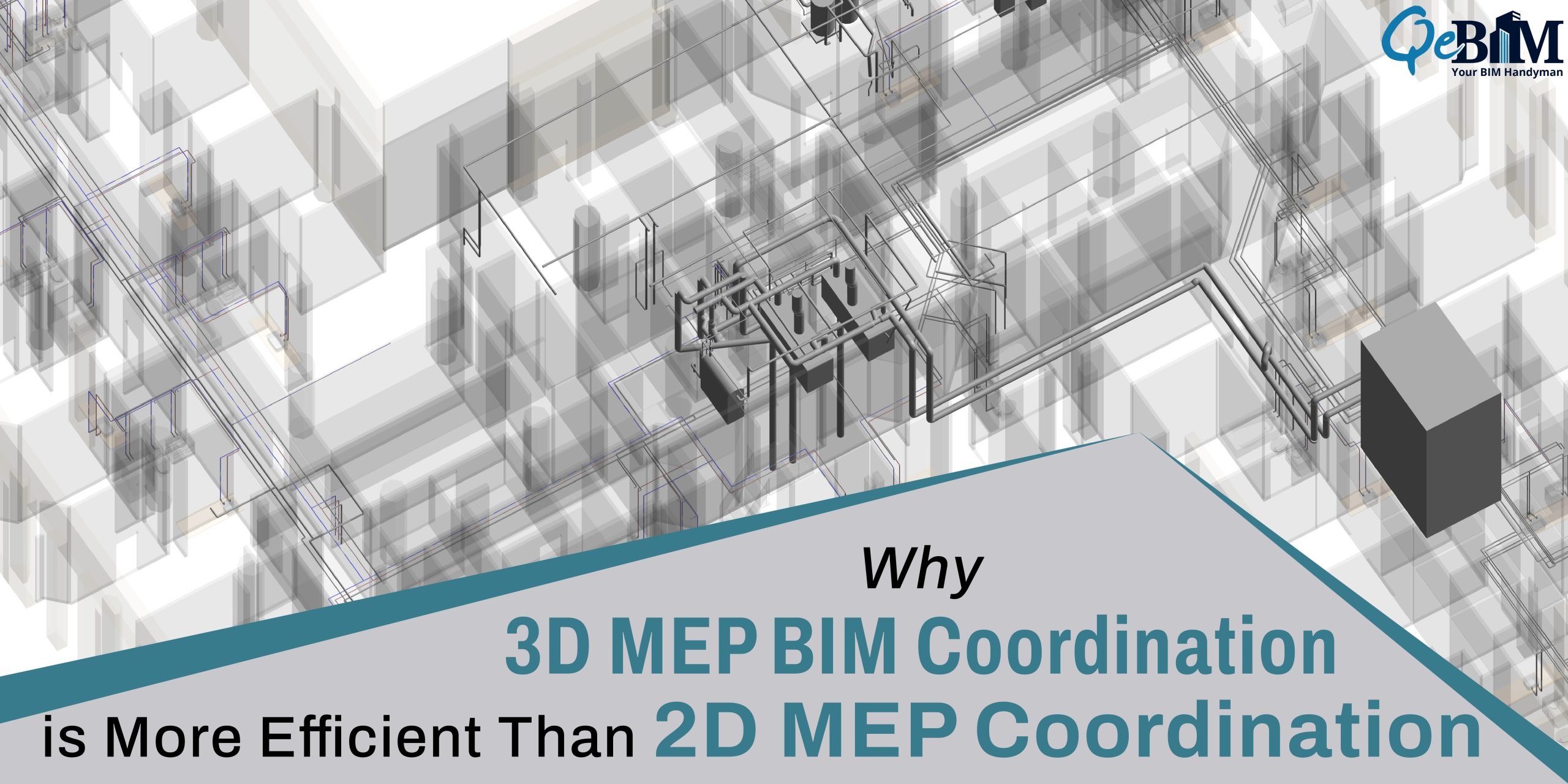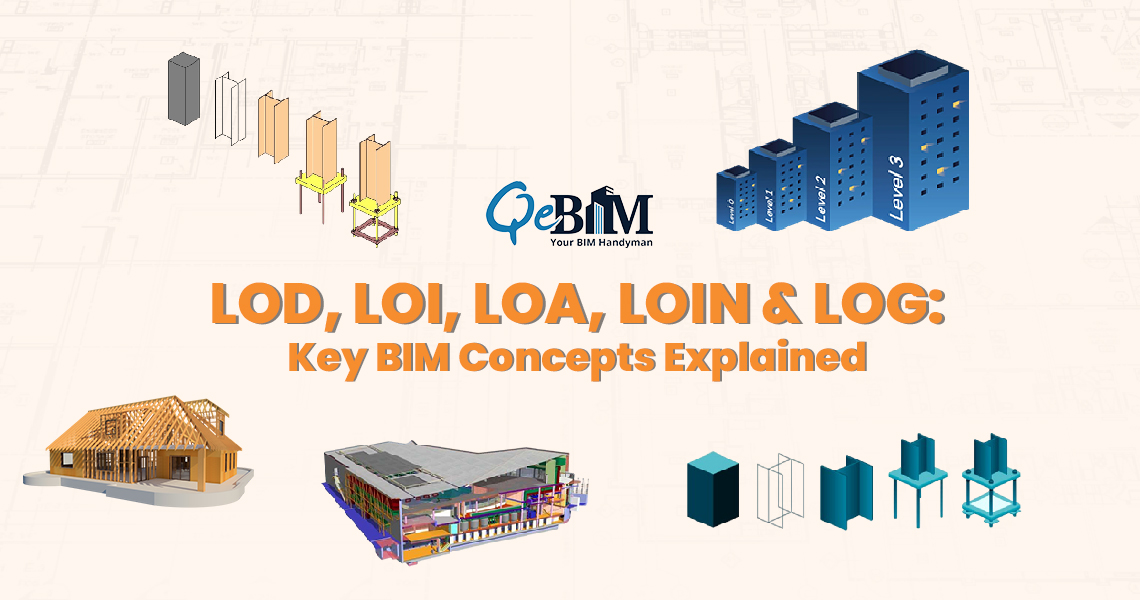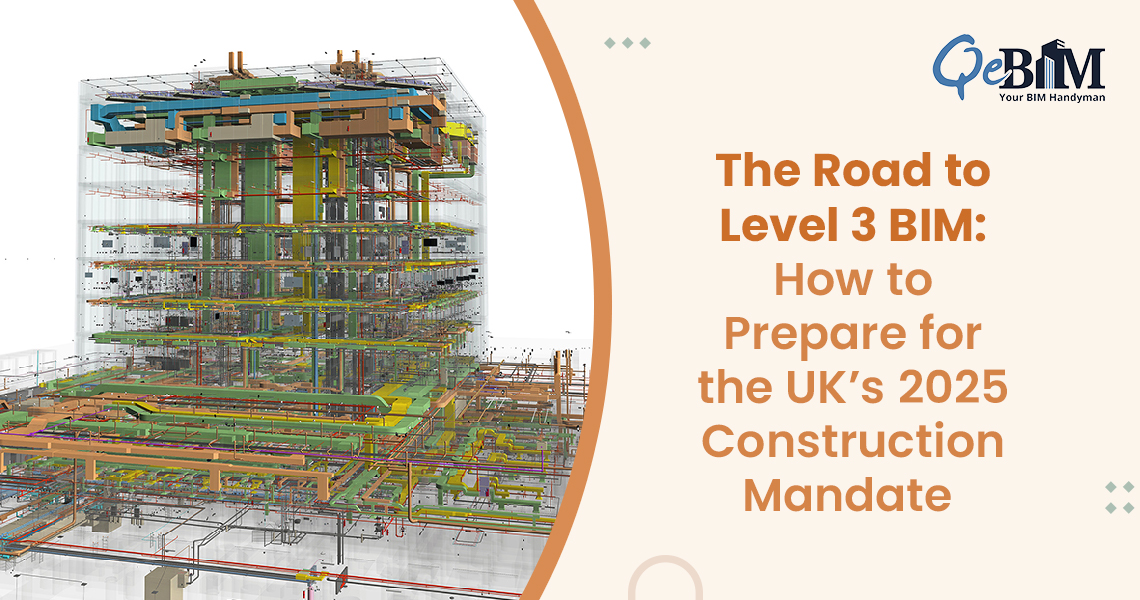Introduction
Building information modeling (BIM), which enables architects, engineers, as well as contractors to collaborate to generate a digital model of a structure prior to construction, has revolutionized the construction business. BIM aids in conflict detection, error reduction, and quality improvement of the construction process. MEP coordination, which deals with mechanical, electrical, and plumbing systems, is a crucial component of BIM. It is possible to coordinate MEP in both 2D and 3D forms. MEP coordination used to be carried out in 2D, however alongside the development of technological advances, 3D MEP BIM Coordination Services is now taking the helm. However, we shall go over the advantages of 3D MEP BIM Coordination over 2D MEP Coordination throughout this blog.
What does 2D MEP Coordination entail?
The process of 2D MEP Drafting Services entails sketching the MEP systems in two dimensions. Computer-aided design (CAD) software is frequently used to make these designs. Every MEP system can be seen on a distinct layer in 2D MEP Coordination, while the different layers are subsequently overlapping to look for any potential disputes.
What is 3D MEP BIM Coordination?
The process of 3D MEP BIM coordination entails using BIM software to create a three-dimensional digital representation of the MEP systems. A building project’s MEP systems are all included in the BIM model, which makes it possible to spot any potential conflicts or collisions. Data from the various MEP systems are entered into the BIM software to produce the model, which then generates a virtual model that could be examined for any conflicts.
As opposed to 2D MEP Coordination, why is 3D MEP BIM Coordination preferred?
- Clarity and Visualisation
It might be challenging to adequately depict the spatial interactions between the various MEP systems in 2D MEP coordination. Conflicts and mistakes can result from this, and fixing them can be expensive. All MEP systems are depicted in a 3D model with 3D MEP BIM coordination, making it possible to depict the spatial relationships between them. The 3D MEP BIM Coordination improves the MEP systems’ clarity and visualization. The 3D model enables the project team to virtually view the MEP systems and quickly spot any potential conflicts or collisions. As a result, the procedure for coordinating has become more accurate and there are fewer mistakes made during the construction stage.
- Enhanced Collaboration
Construction collaboration among teams is improved through 3D MEP BIM coordination. All individuals on the team, comprising the architect, engineer, as well as contractor, are granted entry to the 3D model. As a result, the team can collaborate with greater efficiency and effectiveness. Having the capacity to see the MEP systems virtually enhances interaction as well as lowers the possibility of miscommunication.
- Upfront Conflict Detection
3D MEP BIM Coordination enables the early identification of potential conflicts. Before building starts, the model is able to be examined for potential collisions, enabling any necessary revisions to be made. This helps to prevent expensive postponements and modifications while the project is being built.
- Rework is Lessened
3D MEP BIM Coordination Aids in Lessening Rework During Construction. Before building starts, any conflicts can be identified, allowing for early implementation of any necessary adjustments. It also serves to prevent expensive rework and delays when the project is being built.
- Expense and time management improvements
Conflicts and mistakes can go undetected with 2D MEP coordination until construction is underway, which can cause delays and expensive rework. 3D MEP BIM By seeing possible conflicts early on, coordination enhances both time and expense optimization. This lowers the possibility of delays and rework by enabling any modifications that are required to be addressed prior to the start of construction. As a result, the timetable is improved and construction expenses are decreased.
- The Future-Proofing
Ultimately, by creating a digital twin of the building, 3D MEP BIM coordination can help a structure be future-proof. Throughout the building’s lifespan, this digital twin can be used for management and maintenance. With a digital twin, it is feasible to keep an eye on the building’s performance, spot future problems, and decide on upkeep and enhancement possibilities with knowledge. Over the course of the building’s life, this may lead to cost reductions and improved effectiveness.
Conclusion
With regard to its better understanding and visualization, enhanced collaboration, prompt identification of prospective disputes, minimized revisions, better time and expense administration, future-proofing well as prompt diagnosis of probable disturbances, 3D MEP BIM Coordination has gained popularity beyond 2D MEP Coordination. A vital tool for the building business, 3D MEP BIM coordination has recently become less costly and more readily available because of technological advancements. It has been projected that 3D MEP BIM cooperation will eventually surpass 2D MEP coordination when the construction sector develops.





